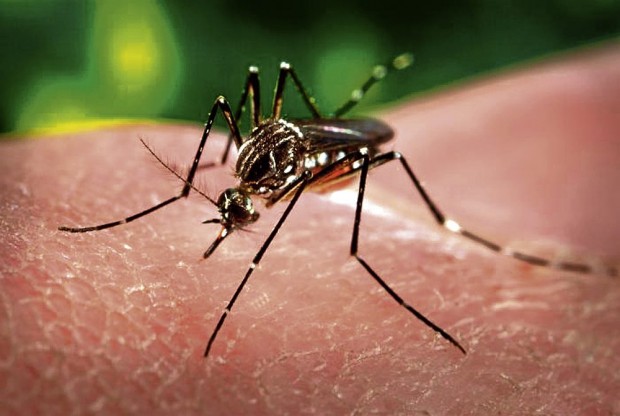TAGBILARAN CITY—Health authorities have declared a dengue outbreak in Sagbyan town, Bohol province after one person died and more than 100 others have fallen ill of the mosquito-borne disease in just two months.
Records at the Regional Epidemiology and Disease Surveillance Unit (Resu) showed 116 residents got sick of dengue from June 14 to Aug. 20.
Most of the patients were between the age range of three months and 77. At least 60 percent of them were male.
Barangay (village) Poblacion had the most number of dengue with 55 patients while the rest were in Barangays Canmaya Centro, 10; Canmaya Diot, nine; Sagbayan Sur, eight; and Ubojan and Langtad, four.
The lone fatality was a 35 year-old resident of Barangay San Antonio in Sagbayan, said Michael Nitafan of Department of Health Resu-Bohol.
Sagbayan, which was severely damaged by the 7.2-magnitude earthquake in Oct. 2013, is a fifth class municipality (annual income of at least P15 million but not more than P25 million) with 24 barangays.
It has only one rural health unit that caters the town’s basic health needs.
Dengue fever is a tropical disease which is spread by an Aedes mosquito infected with a dengue virus, Resu said in its report.
The symptoms usually begin four to six days after infection and last for up to 10 days. These may include sudden high fever, severe headaches, pain behind the eyes, severe joint and muscle pain, as well as nausea, vomiting and skin rash.
Fritzie Olaguir, Epidemiology and Surveillance Unit coordinator of the Bohol Provincial Health Office (PHO), said most of the patients sought treatment at the facilities in the nearby towns of Inabanga and Clarin.
Some with severe cases sought medical treatment in the capital city of Tagbilaran, said Olaguir.
She said residents understood how to prevent the disease but failed in the execution of the preventive measures.
Poor sanitation and practices like storing water in open tanks created favorable conditions for dengue fever, Olaguir said.
The PHO mobilized the local health units to search and remove all sources of stagnant water where the mosquitoes could breed.
Larvicides were applied in some areas with stagnant water that could not be drained or covered with soil or sand.
“We also conducted misting operation to trim down adult mosquito population in coordination with the rural health of Sagbayan,” Olaguir said.
At least 300 pieces of bed nets and pesguard, an insecticide used for fogging, were provided by the PHO’s Dengue Program to the residents of the affected barangays.
Olaguir has advised the public to clean the surroundings to prevent dengue.
“Prevention is one of the best things that we can do as members of the community,” said Olaguir. Leo Udtohan/RAM
